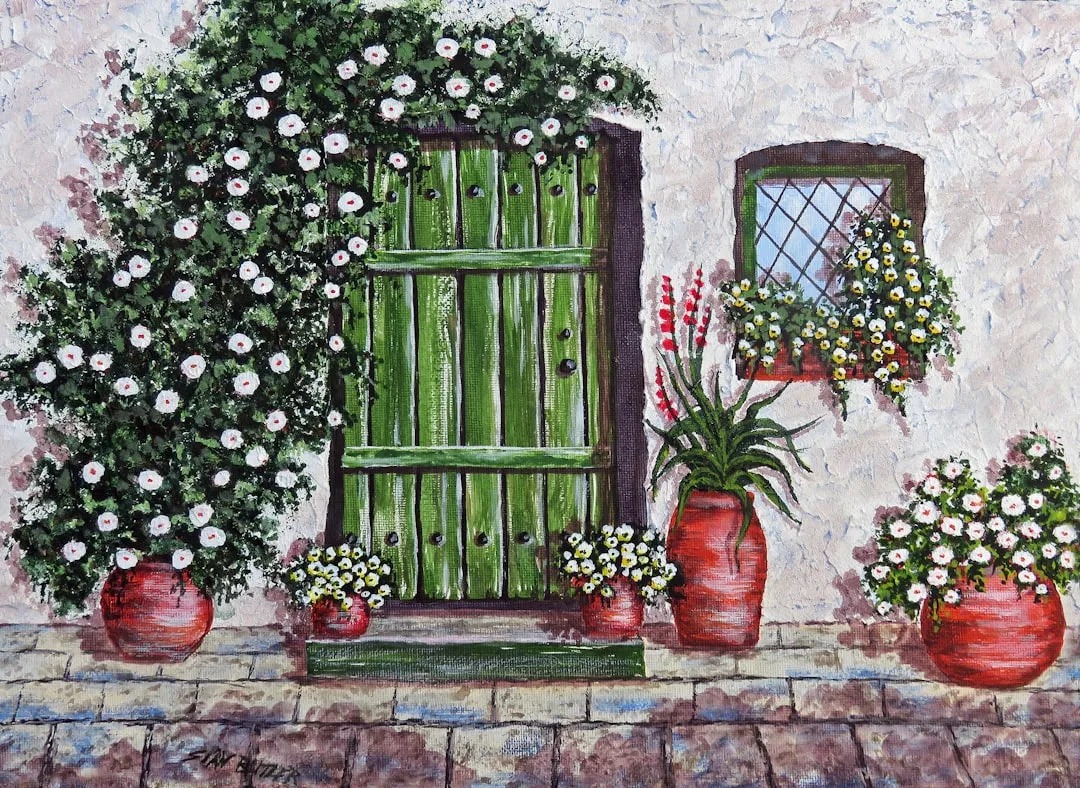Unveiling the Secrets to Scale Insect Control in Your Garden

Scale insects can be a real nuisance in both your garden and your indoor houseplants. These tiny pests attach themselves to the stems and leaves of plants, sucking out the sap and causing damage that can range from minor discoloration to severe stunting and even death of the plant. In this guide, we will explore how to identify, remove, and prevent scale insects from infesting your beloved greenery.
Identifying Scale Insects
Scale insects come in various shapes, sizes, and colors. They can be divided into two main types: soft scales and armored scales. Soft scales produce a waxy substance that covers their bodies, while armored scales have a hard, protective covering that is separate from their bodies. Some common signs of a scale insect infestation include:
- Visible bumps: Look for small, oval or round bumps on the stems, leaves, or branches of your plants. These bumps can range in color from brown and black to white and yellow.
- Sticky residue: Scale insects excrete a sticky substance called honeydew, which can attract ants and cause the growth of sooty mold on the plant's surface.
- Yellowing or wilting leaves: As scale insects feed on the plant's sap, they can cause the leaves to turn yellow, wilt, or drop prematurely.
- Stunted growth: A severe scale insect infestation can stunt the growth of your plants, making them look weak and unhealthy.
Removing Scale Insects
Once you have identified a scale insect infestation, it's important to take action quickly to prevent the pests from spreading and causing further damage. Here are some methods you can use to remove scale insects from your plants:
- Manual removal: For small infestations, you can use a soft brush or cotton swab dipped in rubbing alcohol to gently wipe the scales off the plant's surface. Be sure to dispose of the scales properly to prevent them from reinfesting the plant.
- Pruning: If the infestation is severe, you may need to prune the affected branches or leaves. Make sure to use clean, sharp pruning shears and dispose of the pruned material in a sealed bag to prevent the scales from spreading.
- Natural predators: Introducing natural predators such as ladybugs, lacewings, or parasitic wasps to your garden can help control the scale insect population. These beneficial insects feed on scale insects and can help keep their numbers in check.
- Insecticidal soap or oil: Insecticidal soaps and oils can be effective in killing scale insects. These products work by suffocating the pests and disrupting their cell membranes. Be sure to follow the instructions on the label carefully and apply the product when the plant is not in direct sunlight to avoid burning the leaves.
Preventing Scale Insects
Preventing scale insect infestations is key to maintaining healthy plants. Here are some tips to help you prevent scale insects from attacking your garden and houseplants:
- Inspect new plants: Before bringing new plants into your garden or home, carefully inspect them for signs of scale insects or other pests. Quarantine the new plants for a few weeks to make sure they are pest-free before introducing them to your existing plants.
- Maintain plant health: Healthy plants are less likely to be attacked by scale insects. Make sure your plants are getting enough water, sunlight, and nutrients, and keep them free from stress factors such as overcrowding or improper pruning.
- Keep your garden clean: Remove fallen leaves, branches, and other debris from your garden regularly to eliminate hiding places for scale insects and other pests. Also, make sure to clean your gardening tools after each use to prevent the spread of pests and diseases.
- Monitor your plants regularly: Check your plants regularly for signs of scale insects or other pests. Early detection is key to preventing infestations from getting out of control.
In conclusion, scale insects can be a challenging pest to deal with, but with the right knowledge and techniques, you can effectively identify, remove, and prevent them from infesting your garden and houseplants. By following the tips outlined in this guide, you can keep your plants healthy and beautiful for years to come.